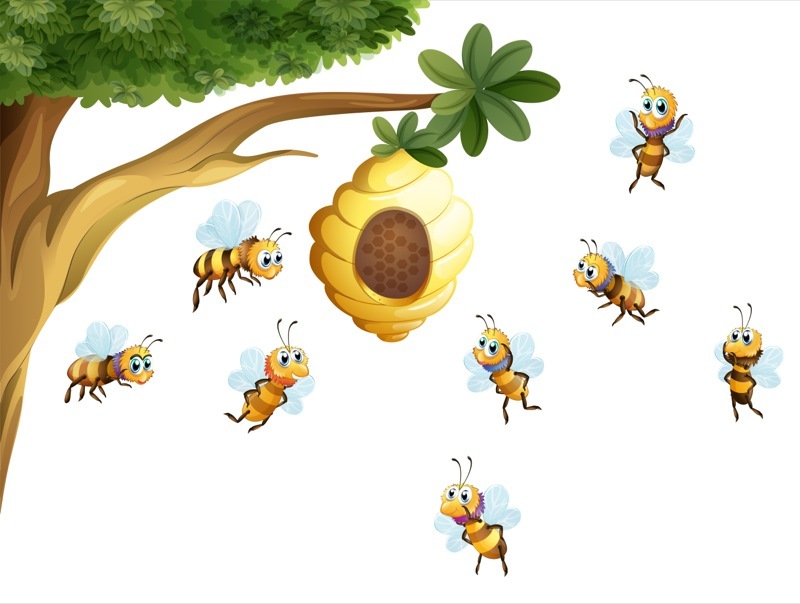
In The Righteous Mind (2012), the social psychologist Jonathan Haidt argues that, try as they might, members of the human species are confined to the evolutionary prison of selfish and groupish behaviour. Long before the advent of a shared cognitive intentionality able to forge cultural innovations, trait selection in homo sapiens was profoundly skewed in favour of self-interest. Only the most reflexive, responsive, and dexterous in outmanoeuvring other primates and organisms competing for the same natural resources would survive long enough to reproduce and pass their traits onto subsequent generations. Such an unrefined and unscrupulous mode of being, one would think.
It appears selfishness was the dominant and desirable trait, at least until a catastrophic bifurcation–the unprecedented arrival of shared intentionality–introduced group-level selection into the evolutionary equation. The cultivation of shared mental representations and the acquisition of proficiency in a mutual understanding of the cosmos bequeathed to humans a privileged hereditary position from whence they could create communities with moral and socio-political conventions. Contained within a group environment individuals soon realized that suppressing differentiation, adhering to shared norms, and nurturing cohesion was the best possible way of evading external threats and outcompeting neighbouring groups. The vital importance of group cohesion would have been further illuminated by the explosion of semantic language onto the world scene. In retrospect the revolution in evolutionary dynamic from individual-level to group-level competition meant that selflessness and self-sacrifice were now nature’s favoured traits. Both these selfish and groupish or chimp-like and hive-like propensities are nonconsciously wired into our cerebral hardware, or so Haidt tells us.
If there is any truth to the axiom that individual human development is an accelerated recapitulation of the evolutionary development of the entire human species, then Haidt’s theory must, to some degree, be empirically valid. In our formative years the establishment of an integrated, coherent sense of self depends on our ability to link empathically to a maternal figure through interoceptive awareness. Staying connected is a primitive reflex and conducive to survival. During this critical period the construction of neural circuitry is guided exclusively by selfish attachment schemas that determine cognitive patterns in interpersonal learning, the regulation of stress, and memory, and hence the way in which we anticipate, experience, and respond to the physical and social environment. This is individual-level adaptation.
About eighteen months into life proliferation of the left hemisphere fashions the language centers, launching the pre-programmed embodied self into the wider relational world. Because neural integration and consolidation of the self occurs only in non-threatening environments where manifold channels of communication remain open, the developing individual will more than likely seek companions who empathically attune to, mirror, and reciprocate her own awareness, emotional resonance, and moral worth. Empathic relationships aid in the construction of self-narratives, the subjective stories we tell ourselves about our origins, place, and relationships within the greater cosmos. Without these meaning is inevitably lost, neural networks suffer dissociation, and cells suffer apoptosis. Alternatively the integrative processes are upheld each time we transcend selfishness and become hivish or groupish, conjoining any group sympathetic to and resonant with our internal constitution. The mutuality and cooperation that typify hivish behaviour are, in my humble opinion, the square root of empathic joy and love, feelings that breed neural flesh. This is part of the reason why we choose religious and spiritual orientations and belong to sports clubs, non-profit boards, fraternities, political factions, self-help groups, cults, and nations. Haidt’s axiom for this is group-level adaptation.
I have no doubt that hivish nature is etched into our genetic and mimetic memory, and that it serves the most noble purpose–to unite us into a phenomenal superorganism. Some years ago I read DMT: The Spiritual Molecule by Rick Strassman, a book which systematically investigated the psychotropic effects of the short-acting and powerful N, N-dimethyltriptamine (DMT) on human subjects, and discovered there the intellectual urge to teleologically contextualize hivish or groupish behaviour after reading about the following visionary experience:
I was looking down a corridor that was stretching out forever. That may be where I lost it. The buzzing and kaleidoscopic shifing was intense and went on for a long time. Then it let up and I was in that hive. There was another one helping me, different from the one I saw earlier this morning.
It was very intelligent. It wasn’t at all humanoid. It wasn’t a bee but it seemed like one. It was showing me around the hive. It was extremely friendly, and I felt a warm sensual energy radiating through the hive. I decided it must be a wonderful thing to live in a loving and sensual environment such as that. It said to me that this was where our future lay. I don’t know why it said that or what it meant or if that’s a good thing or not. I recall telling myself as I was coming down, “I want to remember. I want to remember,” but I can’t.
(Strassman, 2001, p. 210)









